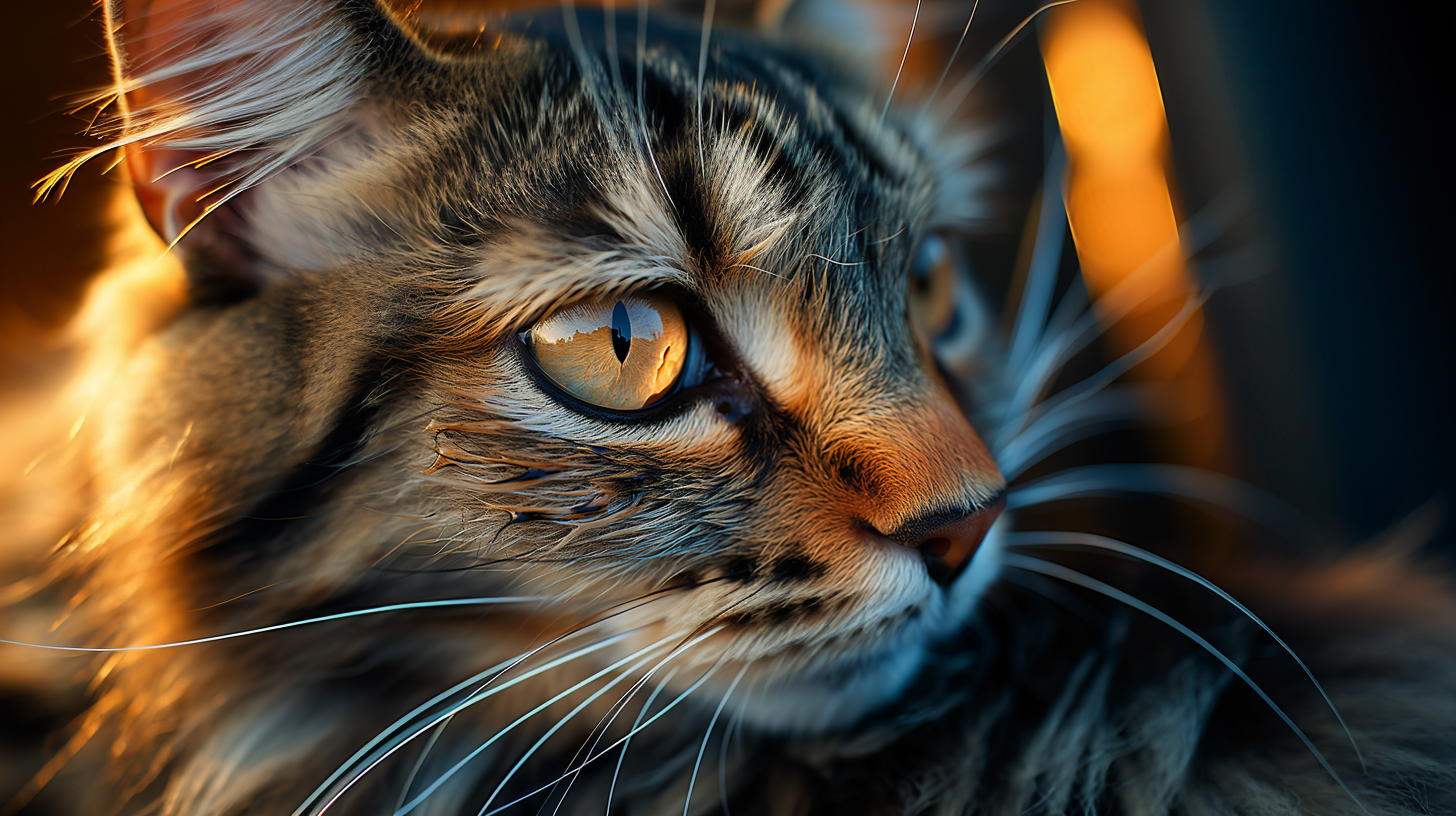In this Article
- Fischer’s Lovebird Characteristics
- Fischer’s Lovebird Care
- Fischer’s Lovebird Health Issues
The Agapornis fischeri, or Fischer’s Lovebird, is a beautiful and colorful parrot species named partly after Gustav Fischer, a German explorer. The lovebird portion of their name is derived from the strong bond they form when mating. They’re a species native to north-central Tanzania. However, they have also been found in places such as Rwanda and Burundi.
These birds were originally discovered in the 1800s and bred in the 1920s across the United States. It then became the most popular bird to be traded worldwide, resulting in a decline in the Fisher’s lovebird population.
Since its decline, the Fischer’s lovebirds have been categorized as a red list species, meaning that their population is near threatened. Despite that, these birds continue to be a popular pet choice, especially throughout the United States and Europe.
Fischer’s Lovebird Characteristics
Fischer’s lovebird is a popular pet choice for both its physical and behavioral attributes. It’s a beautiful bird with an entertaining personality, enticing those they meet.
Fischer’s lovebird physical characteristics. Fischer’s lovebirds are colorful, small parrots. They typically grow to be around 5.8 inches, or 15 centimeters, in length, and weigh up to 58 grams. Their backs, chests, and wings are usually green, while their faces and necks range from yellow to orange and deep red. They also have red beaks, olive green heads, and sometimes blue or purple plumage on their tails. Fischer’s lovebirds also have short tails and white rings around their eyes.
Mutations sometimes occur with their coloring, and breeders often select those with more unique colors to perform selective breeding.
There are no distinct differences between males and females, so it’s hard to determine males from females. Juveniles tend to be duller in color but grow into vibrancy as they mature.
Fischer’s lovebirds have zygodactyl feet. Their feet are light gray, and they have a wedged tail that’s green and blue.
Fischer’s lovebird behavioral characteristics. Unlike other parrot types, Fisher’s lovebirds aren’t known to be talkers. However, they still have quite a bubbly personality, full of high-energy playfulness. They’re outgoing and sociable birds who, like their name implies, rely on monogamous relationships, meaning they mate for life.
In the wild, Fischer’s lovebirds build their nests after periods of rain, usually in trees, rocks, and building tops. They build nests with domed rooftops from bark and grass stalks. Despite their small size, they’re brave birds who love to use their high-pitched and twittering voices to sing.
Fischer’s lovebirds travel in tight-knit groups, with around 10-20 per flock. However, the flock can grow into the hundreds when they meet at food sources between flights. During long-distance trips, Fischer’s lovebirds prefer to fly with discretion. They will mostly stay in one area until drought or famine occurs, then they must find other water or food sources.
The bonds they form with their mates are so strong that they often become depressed or sick when separated from their partner. They show affection toward one another by biting and nipping at each other’s beaks. This is often seen as them kissing each other.
Mating happens between January and April and between June and July. The female lays and incubates three to five eggs at a time. The males feed the females, and then both parents feed the juveniles once they’ve hatched.
Fischer’s Lovebird Care
Those who wish to own one or more Fischer’s lovebird should consider their habitat and diet requirements. Providing them with a comfortable home and a good diet will contribute to their longevity and keep them happy and healthy.
Fischer’s lovebird habitat. In the wild, Fischer’s lovebirds stay in dry woodlands, savannas, and scrublands. They prefer an elevation of around 1100-2000 feet. They can sometimes be spotted in agricultural areas. They drink a lot and require homes near abundant water sources.
Fischer’s lovebirds should be housed separately from other parrot types. They need suspended cages around 4 feet tall. These birds love to climb, so their cage should have plenty of climbing activities, including a play gym with ladders, ropes, swings, puzzles, and foraging toys. They also like to bathe.
Fischer’s lovebird diet. Fischer’s lovebirds require a diet of grains, seeds, nuts, and fruits. In the wild, these birds can be seen foraging for seeds on the ground. They’re also sometimes seen eating small figs and other fruits. They will congregate at agricultural areas during harvesting seasons to eat millet and maize.
Because large numbers of the birds can congregate near crops and cause damage to fruits and grains, farmers consider them to be pests.
Since Fischer’s lovebirds require plenty of water daily, they’re often found near water sources, especially on hotter days.
In captivity, Fischer’s lovebirds can be fed a seed mix for canaries or one made of millet and oats with traces of hemp. They can also be fed fruits such as apples, pears, bananas; green leaves such as Swiss chard and lettuce; chickweed; willow catkins; and spray millet. Juveniles should be fed a diet consisting of hard boiled eggs, whole grain bread, and carrots. Juvenile food should be ground to a flaky consistency.
Fresh water should always be included in their enclosures.
Fischer’s Lovebird Health Issues
One health issue that Fischer’s lovebirds face involves separation from their mate. Because they form such strong bonds with their partners, the physical health of both birds will decline when separated.
The average Fischer lovebird lifespan is around 25 years in captivity. These birds can still be commonly spotted in many areas and are often kept as pets around the globe. However, many native populations have become endangered due to the pet trade and hybridization. They are also prey to animals such as the lanner falcon.
In the wild, their lifespan is shortened to around 12.5 years.







